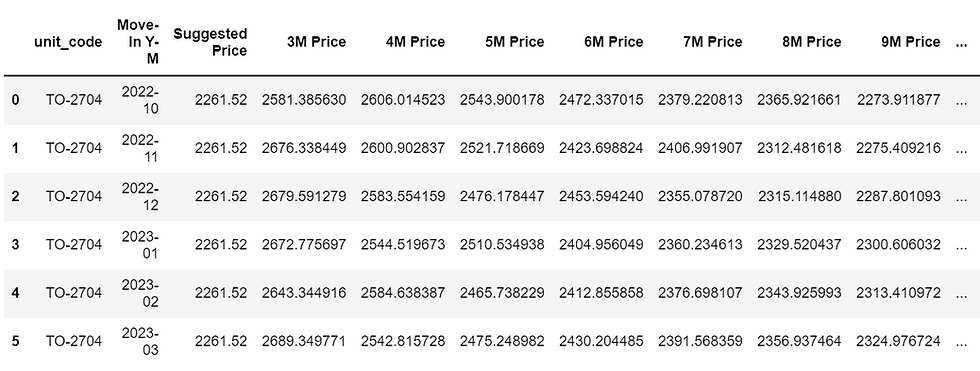Improving Manufacturing Productivity with Analytics
- christianpetrozza
- Mar 26, 2021
- 4 min read
The world of manufacturing has undergone massive changes since the start of the industrial revolution back in the late 1700s. Increases in technology have been the catalyst that has transformed simple mechanization into cyber physical machines. This expanse, known as the fourth industrial revolution, has given rise to the Industrial Internet of Things (IIoT) – increasing connectivity and improving efficiency, all through data.
https://www.sensrtrx.com/what-is-manufacturing-analytics/Multiple studies have proven the positive effect analytics has had on the productivity within the manufacturing space. ITIF research reports that IIOT applications for monitoring machine utilization can increase productivity by 10 -25%. IBM has also backed this by reports demonstrating IIOT insights from manufacturing procedures can lead to up to 20% higher product counts from the same product line. Lastly, Gartner has reported after studying a variety of manufacturing companies that 80% of the surveyed organizations reported better than expected results after adopting IoT and manufacturing analytics.
https://iot-analytics.com/the-top-10-industrial-ai-use-cases/This article will go over how manufacturers can increase operational productivity and boost understanding of their own operations with analytics. I will also touch briefly on some advanced analytics that can be done with increased data tracing and integrations of IIoT.
Visualizing Plant Efficiency
Before a manufacturer is able to increase productivity, they need to first understand the data they are collecting and determine how this data influences their operations. Subsequently, creating dashboards with relevant information like machine runtimes, personnel usage, shipping, outputs, demand, inventory, etc. can reveal areas of lost productivity. This process of unifying your manufacturing data and creating dashboards representing major aspects of operations separates a well-managed operation from the status quo.
Here are 5 examples of very useful data unification dashboards:
Mission Control - Gives a high level overview of plant alignment. Things like safety incidents, operational conditions, unit counts, line breakdowns etc.
Shop Overview - Mapping of plant with key performance metrics overlaid. Can be used to track inputs/outputs from each aspect of the line, efficiency of different lines, occupations of machines etc.
Overall Equipment Effectiveness (OEE) - Looking at asset utilization, efficiency, runtime, product quality rating from each machine.
Daily Production - Understanding the output of production and how it compares to goals.
Operator Performance - Mapping efficiency of operators to identify techniques or practices that decrease time and increase effectiveness at various stages throughout the plant.
In order to increase productiveness, it is first necessary to analyze various aspects of operations to measure their effectiveness and find areas where improvement is necessary. This step also unifies all your data in order to allow for further and more influential analytics.
Predictive Maintenance
Machine downtime is one of the major contributors to loss of productivity in manufacturing. More specifically, unanticipated downtime is the biggest contributor. With increasing reliance on automated machines, the ability for a manufacturer to utilize this automation to the fullest is critical in obtaining maximum productivity. Of course in the age of data, most machines can be or are are fitted with trackers measuring performance, vibrations, temperatures and machine times.
Advanced analytics and machine learning are the solutions to detecting failures that otherwise are undetectable by the human eye. By analyzing this continuous data stream it becomes easy to determine patterns and changes in machinery that lead to increased failure rates. Incorporation of analytics into your maintenance schedule will optimize both time-based and usage based preventative maintenance strategies. These machines can then be scheduled for maintenance before failure to reduce chances of unexpected machine downtime while waiting for repair teams and parts. It also allows for the planned relocation in production to consistently meet daily, monthly and quarterly goals.
https://www.researchgate.net/figure/Schematic-view-of-the-predictive-maintenance-in-a-cyber-manufacturing-environment_fig1_322467252Optimizing Machine Efficiency
Machines are the biggest asset for manufacturing companies. Being able to optimize their output while minimizing their maintenance schedule is a major concern in the manufacturing space. The same data collections used in predictive maintenance can be used to determine the best strategy to meet product demands while reducing the downtime for your machines. There is always a trade-off between machine strain and probability of machine failure. Analytics also aids in determining the optimal conditions in which a machine may operate, calculating if increasing the strain of a machine even increases the output both from a quality and a capacity standpoint.
Analytics is able to provide a variety of benefits when it comes to optimizing efficiency both from a unit/quality standpoint and from a resource standpoint. Examining the effects of machine usage on things like power consumption is necessary for both reducing costs and reducing a plants environmental footprint. Both of which are of great importance.
Conclusion
This article has only looked at analytics that can directly or indirectly increase the productivity of a manufacturer’s operations. However, there are many other ways analytics can and is being used to not only just to increase productivity but increase profits as a whole. Fields such as inventory management, warranty analysis, pricing optimization and demand forecasting are very important to obtaining a complete understanding of any manufacturer’s operational capacities and capabilities. This shift into industry 4.0 has made data a manufactures greatest asset, even surpassing physical machines – as utilizing this data to its fullest will increase complete operational performance.








Comments